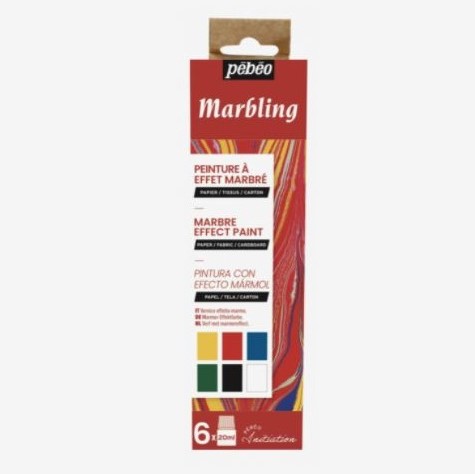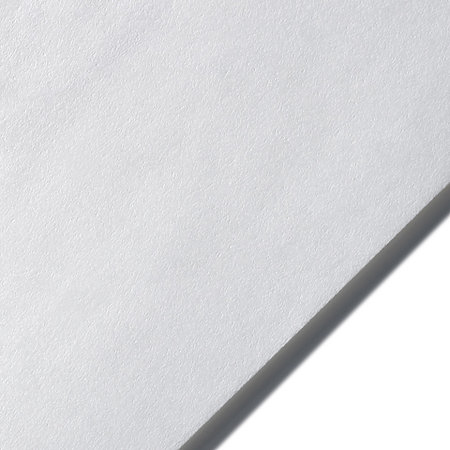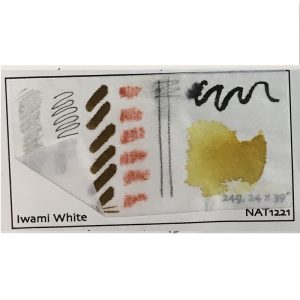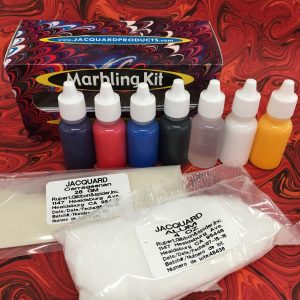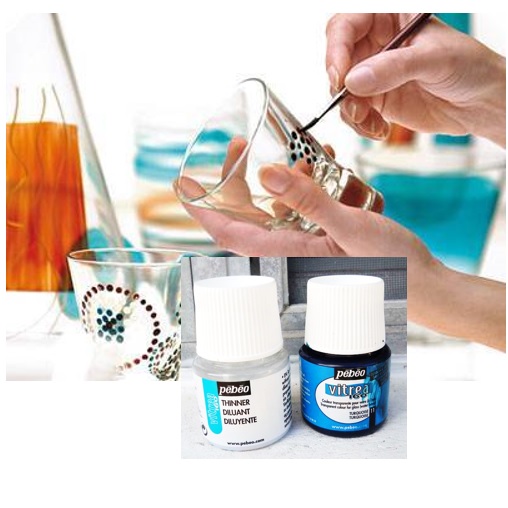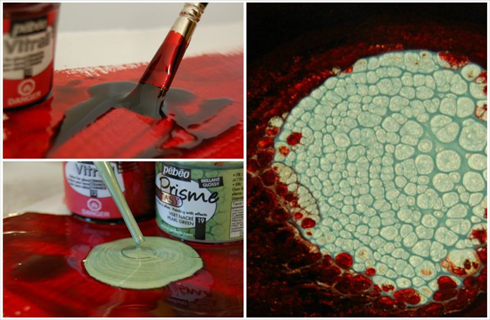Description
Pebeo Marbling Initiation Set
Pebeo Marbling colours are used according to a technique inspired by 11th century Japanese Suminagashi marbling and 19th century European Bookbinders. It is the process of transferring colors by contact with an object on a colored surface. It can be used in creations on all light surfaces: fabric, paper, card, recycled paper, wood, plaster, etc. On fabric, fix the colours to the iron after drying. The thickener bath can be used for several successive projects. It is, nevertheless, best to use a small amount of thickening bath and change it often. This set is the perfect way to get started!
Set of 6 includes 1 each: Lemon Yellow, Bengal Pink, Cyan, Emerald Green, Black and Marbling Bath (18g).
Prepare a bath with the Marbling Bath auxiliary (1L of water = 3 teaspoons of auxiliary). Drop the colour drops on the surface of the bath then place on the surface of the paper, wood, light fabric or plaster to transfer the patterns. On light fabric : let dry and fix the designs to the iron. Water colours miscible with each other.
PREPARATION OF THE BATH
The thickener bath must be prepared in advance. Sprinkle 2 teaspoons (7 g) of Marbling thickener in 1 litre of cold water while stirring vigorously with a whisk and let stand for 2 hours. Then pour a 1 – 2 cm thick layer of gel into a plastic tray or dish that is larger than the objects to be decorated.
MARBLING PROCESS
- Using the dropper, carefully place the chosen Marbling colours on the surface of the bath. Ideally alternate light and dark colours: they superimpose but never mix.
- Let the drops spread out for a few seconds before working with a stick. By guiding the colours in different ways you can achieve a variety of patterns and marbling effects: stippled, combed effects, etc. Just deposit the drops of colour into each other to get concentric effects.
- Once the marbling is complete, carefully place the decorating fabric or paper, cut to size, on the surface of the colored bath. Let stand 10 to 15 seconds before removing. Rinse quickly under running water to remove excess gel + colour mixture. Place the decorated object on a flat surface and allow to dry.
RECOMMENDATIONS
These indications are given for information only. It is advisable to always carry out preliminary tests on the chosen object before starting work.
On some media Marbling colours can lighten, to a greater or lesser extent, on drying. For textiles, preferably use satin lining, since its glossy finish will revive the Marbling colours.
Decorating objects with Pébéo Marbling colours is also possible. If the object is flat. Proceed as with fabric or paper. If it is big enough, go for simple shapes, so that all the faces of the object are in contact with the coloured bath. Rotate the object on the surface of the bath without immersing it so that the colour is deposited on the object.
TIPS
Marbling paints can also be used in water without a marbling bath. The marbled effect is then narrower and the shades more pastel.

